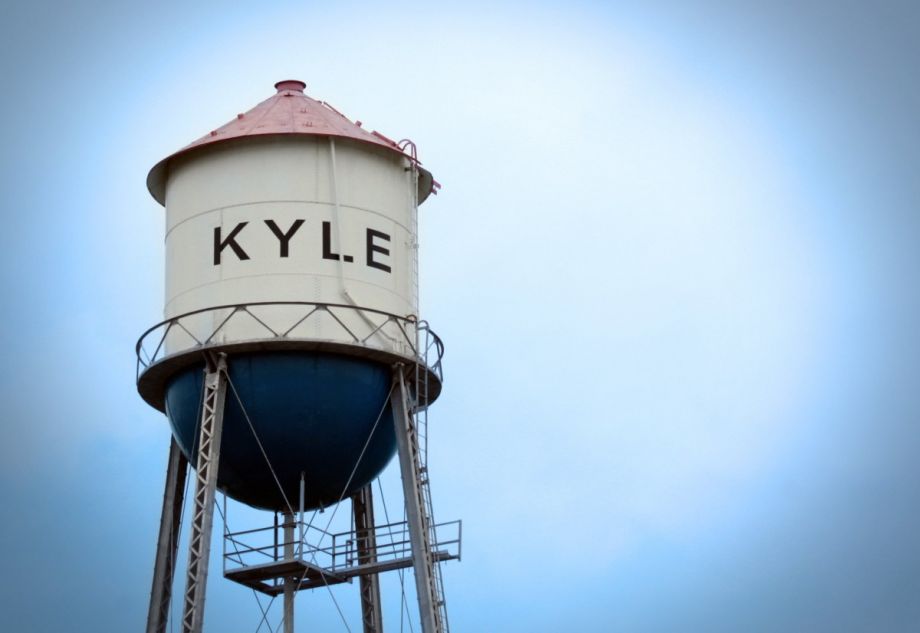Between 2000 and 2020, the City of Kyle in Texas — located roughly 15 miles south of Austin — grew from just 5,000 residents to over 52,300. With the population forecasted to reach 60,000 by 2024, the city’s public transportation needs have changed drastically in recent years.
Until 2015, Kyle was served by the Capitol Area Rural Transportation Service, on Tuesdays, Thursdays, and the first and third Fridays of the month. While fares ran between $2 – $4 for riders, it was costing the city around $74,000 annually — and that was after a roughly 40% match from the federal government.
“Our ridership was really low,” says Jerry Hendrix, Chief of Staff for the City of Kyle. “We really only had 12 people in the city who used it once per month.” So, around 2015, the city began exploring other options. The solution? A partnership with Uber.
After six months of collaboration and planning, on October 7 Uber Kyle $3.14 was officially launched. Since Kyle is the Pie Capital of Texas, Kyle carried its branding over to the cost of a one-way Uber Kyle ride: $3.14.
Users get eight one-way rides for $3.14 each month. The city subsidizes up to $10 of additional fare per ride, which pretty much covers any one-way ride in the city limits (but riders are responsible for any overages). After downloading a voucher each month, it’s automatically applied. Users then just open Uber and hail a ride like they normally would. Riders can also request an ADA-compliant ride, which costs the city $40 per ride to cover.
“We’re still just getting started and with the virus going on, people aren’t going to as many places but so far, in just three weeks, we’ve had 168 people who have downloaded the voucher,” Hendrix says. “And that number goes up every day.”
“At Uber Transit, our bread and butter is working with transit agencies… that have a transit gap in services that they’re trying to fill,” says Katie Civgin, a client success manager at Uber Transit who works with the City of Kyle. “We’re starting to see more communities like Kyle that don’t have a public transportation system and are starting to think about how Uber can help.”
Because tax dollars are used to fund the subsidy, the program is only available within Kyle city limits, which Uber geofences on their end. Users are, of course, still able to take rides outside of Kyle, but the app shows that the voucher won’t apply to those rides.
The city originally had concerns that there might not be enough drivers. Uber has a variety of incentives they can deploy should that be the case, but so far there have been plenty to meet the demand. “In the past, once partnerships like this go live, the number of drivers will naturally increase without any marketing,” Civgin says.
A tangential benefit for the city is tying the voucher to the city’s app. After fielding complaints that the city doesn’t communicate enough, they used the Uber Kyle voucher as a way to drive people to the city’s app where a variety of information is housed, from city events to an opportunity to pay utility bills online.
The lingering question, though, is whether or not this is a sustainable form of “public” transportation.
“These partnerships between governments and ride hailing companies have become increasingly popular. They offer governments the ability to subsidize transit without investing in infrastructure,” explains Professor Sherri Greenberg of the University of Texas, Austin who has studied these partnerships in the past. However, “the big problem with [ride hailing] is finding a sustainable funding option.”
In the pay-as-you-go partnership with Uber, Kyle is only on the hook for subsidizing rides taken rather than a flat-fee arrangement that they had with Capital Area Rural Transportation Service. The program is funded with $150,000 from the city for the current fiscal year, which just started on October 1. There’s also another full year of funding that was set aside the previous year, but because the program wasn’t launched until now there are effectively two years’ worth of funding ahead.
While the earmarked funds are more than the old system required, the cost per ride to the city has shrunk from between $110 – $250 per ride to around $10 per ride. Plus, “if it’s not used, there’s not money wasted,” Koch adds. The issue, though, is that as Kyle or the popularity of the service grows, so will the cost of subsidizing it.
Looking at the immediate future, Koch sees Uber Kyle as being able to scale “for a little while,” but adds that the city isn’t married to Uber Kyle being their transportation system forever. “All our options are really open and on the table” for what the future will hold, he says. “We’re trying to see what happens and how people adjust to it.”
Editor’s note: We’ve corrected the official name of the service to Uber Kyle $3.14.

Cinnamon Janzer is a freelance journalist based in Minneapolis. Her work has appeared in National Geographic, U.S. News & World Report, Rewire.news, and more. She holds an MA in Social Design, with a specialization in intervention design, from the Maryland Institute College of Art and a BA in Cultural Anthropology and Fine Art from the University of Minnesota, Twin Cities.
Follow Cinnamon .(JavaScript must be enabled to view this email address)
















